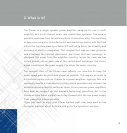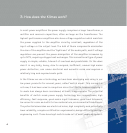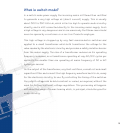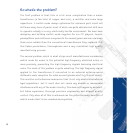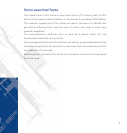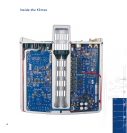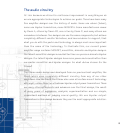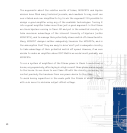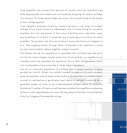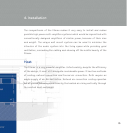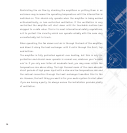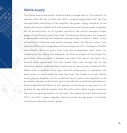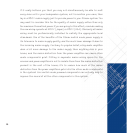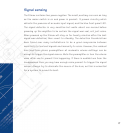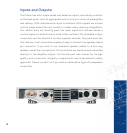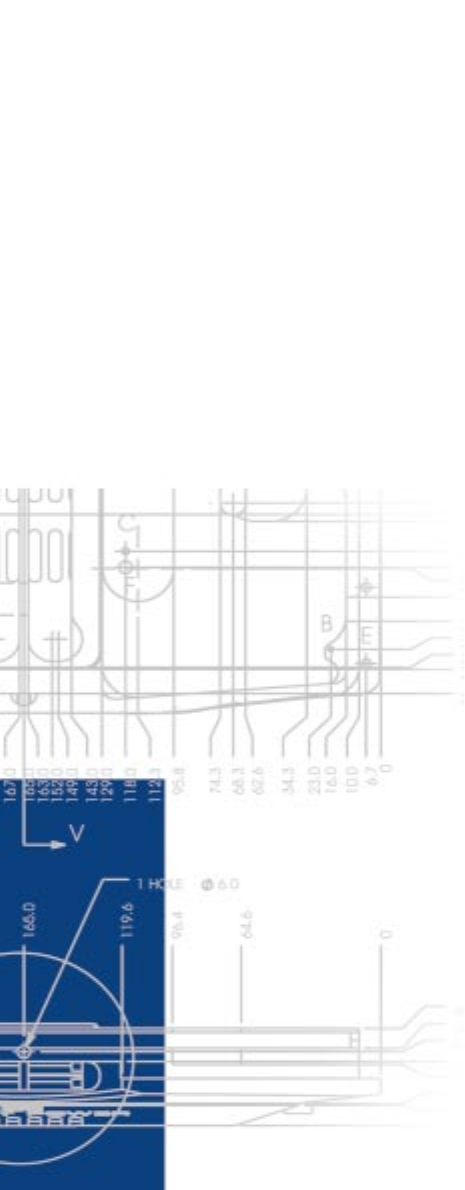
11
A commonly asked question about a power amplifier concerns its maximum
output current. There is some good reason behind this question. There is
always some trade off between output power, ‘specmanship’, protection and
cost in a power amplifier.
Output power specification (into 8 Ohms) can be increased simply by
increasing the amplifier power supply rails slightly. But what then happens
with a 4 Ohm load? Can the amplifier now supply the extra current a 4 Ohm
load needs or will the power supplies collapse, or will the amplifier need to
protect itself?
Short circuit protection can be achieved simply, but at the cost of accidental
operation when the loudspeaker load is reactive (almost always) rather than
purely resistive (almost never).
Output current and ruggedness can be increased with the cost of paralleled
output transistors, but can the driver circuitry cope?
Hence the interest in output current. However the implication that ‘more is
better’ is true only up to a very modest and calculable limit. An electrical
load, be it a resistor, capacitor, inductor, heater, a loudspeaker or a hairdryer
takes an amount of current dependent on the voltage applied to its terminals,
and its operating condition. Although it is not always entirely obvious how
much current a load will take with a non-sinusoidal signal (like music) its
maximum possible value is easy to calculate, and to monitor in real operation.
Output current and protection



